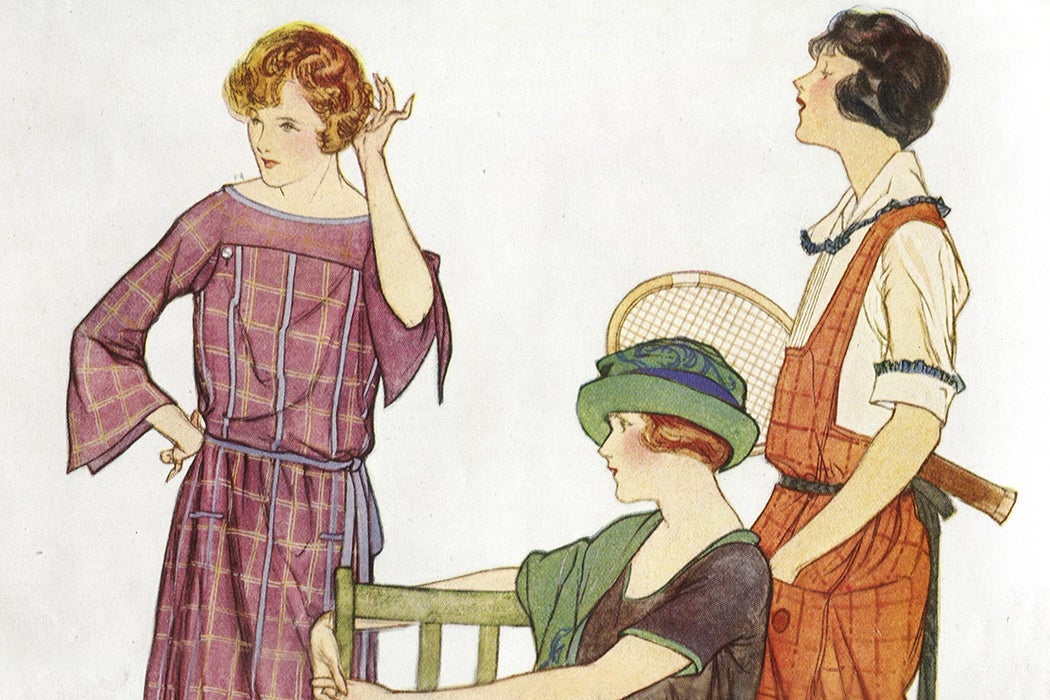The job of advertising seems to be grabbing our attention when we’re trying to do something else, interrupting our television shows or popping up over internet content. But back in the 1920s and ‘30, Mary Ellen Zuckerman writes, the magazine Women’s Home Companion tried a radically different way of approaching advertising—explicitly appealing to its readers to take the ads seriously.
According to Zuckerman, in the early twentieth century, readers of mass-market women’s magazines expected educational content. In the 1920s, Women’s Home Companion—one of the top three women’s magazines in the interwar years—published stories on children’s health, world affairs, and psychology alongside fiction, advice columns, and fashion photos. In the 1920s, it ran a “Good Citizenship” campaign, centered on a long-running column addressing how women could use their newly won franchise.
In 1925, the magazine began a new “educational” effort—this one celebrating not democracy but commercial advertising. Over the eight years that followed, it ran a pro-advertising editorial nearly every month.
Zuckerman writes that these messages had a clear business purpose for the magazine. Women’s Home Companion hoped to catch up with Ladies’ Home Journal, which was by far the frontrunner in advertising dollars in the early ‘20s. Plus, as magazine staffer Anna Steese Richardson wrote, the magazine sought to combat the message of rising consumer groups, which “are more or less opposed to branded products, to advertising, and, in fact, to the business system which has brought prosperity to the United States.”
The first message in the campaign argued that “advertising [had] progressed way beyond its original selfish purpose.” In fact, “it became a public service.” By advertising, the editorial insisted, companies were able to harness economies of scale to improve the quality of merchandise and reduce the cost of goods.
In 1927, the magazine began running stories, supposedly from readers, praising advertisements. One told of a Wyoming woman who studied the magazine ads for “the thrill of discovering new ways of doing things, new devices for making her life easier and less crowded, and new ideas for changing what had been simply a ranch house into a happy and attractive home.”
Another anecdote told of two women who had considered taking university courses in their spare time. Instead, they decided to study homemaking through the Companion’s advertising pages—clipping and scrapbooking ads and educating themselves about the products for sale. “This was seriously offered as an alternative to studying at a university,” Zuckerman writes.
Ultimately, the campaign seems to have succeeded in its goal of making Women’s Home Companion more attractive to advertisers. By 1933, Zuckerman writes, it was only a little over $1 million behind Ladies’ Home Journal in ad revenues.







